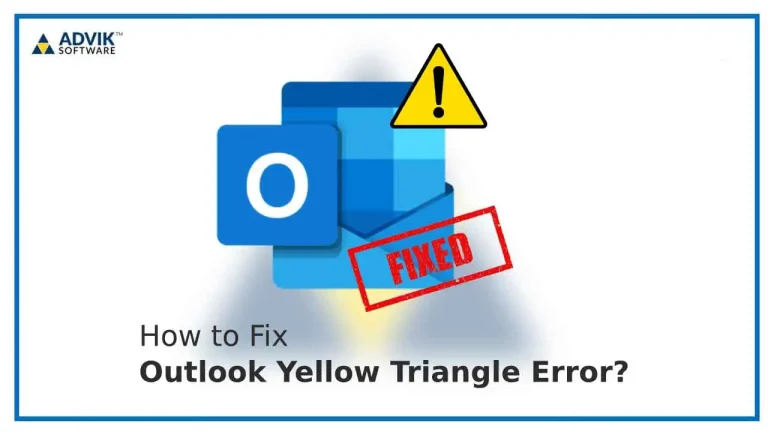The Power of SSIS816: Unlocking the Potential of Data Integration

In today’s data-driven world, businesses rely heavily on efficient data integration solutions to streamline operations, make informed decisions, and gain a competitive edge. One such powerful tool is SSIS816, a robust data integration platform developed by Microsoft. Let’s delve into the depths of SSIS816, exploring its features, benefits, and real-world applications.
Understanding SSIS816
SSIS816 stands for SQL Server Integration Services version 816. It is a component of Microsoft’s SQL Server database software suite, designed specifically for data integration and transformation tasks. SSIS816 empowers organizations to extract data from various sources, transform it according to business requirements, and load it into target systems such as data warehouses, databases, or analytical systems.
Key Features of SSIS816
1.Visual Design Environment:SSIS816 offers a user-friendly visual interface where developers can design data integration workflows using drag-and-drop functionalities. This visual design environment simplifies the development process and reduces the need for extensive coding.
2.Connectivity: SSIS816 supports a wide range of data sources and destinations, including databases (SQL Server, Oracle, MySQL, etc.), flat files (CSV, Excel), cloud storage (Azure Blob Storage, Amazon S3), and enterprise applications (SAP, Salesforce).
3.Data Transformation:With SSIS816, users can perform complex data transformations such as cleaning, aggregating, merging, and validating data. This ensures that the data being integrated is accurate, consistent, and actionable.
4.Scalability:SSIS816 is highly scalable, capable of handling large volumes of data efficiently. It offers features like parallel processing, package configurations, and execution options to optimize performance and scalability.
5.Error Handling:Robust error handling capabilities in SSIS816 enable developers to identify and handle errors during data integration processes. This ensures data integrity and reliability across the entire workflow.
6.Integration with Microsoft Ecosystem: SSIS816 seamlessly integrates with other Microsoft tools and platforms such as SQL Server Management Studio (SSMS), Visual Studio, Azure Data Factory, and Power BI. This integration enhances interoperability and enables end-to-end data solutions.
Benefits of SSIS816
1.Data Quality:SSIS816 ensures high data quality by facilitating data cleansing, validation, and enrichment processes. This leads to improved decision-making and business outcomes.
2.Time and Cost Efficiency:The visual design environment, pre-built components, and automation capabilities of SSIS816 reduce development time and costs associated with data integration projects.
3.Scalability and Performance:SSIS816’s scalability and performance optimization features enable organizations to handle growing data volumes and meet stringent performance requirements.
4.Flexibility:SSIS816 offers flexibility in designing custom data integration workflows tailored to specific business needs. It supports both batch and real-time data processing scenarios.
5.Comprehensive Monitoring and Logging: SSIS816 provides monitoring tools and logging mechanisms to track the execution of data integration jobs, troubleshoot issues, and ensure compliance with SLAs (Service Level Agreements).
Real-World Applications
1.Business Intelligence (BI):Organizations use SSIS816 for BI initiatives, including data warehousing, ETL (Extract, Transform, Load) processes, and building data pipelines for analytics and reporting.
2.Data Migration: SSIS816 is widely used for migrating data between different systems during system upgrades, migrations to cloud platforms, or consolidation of data from multiple sources.
3.Data Integration in IoT (Internet of Things):With the proliferation of IoT devices and sensors, SSIS816 helps integrate and process streaming data from IoT sources, enabling real-time insights and actions.
4.Data Synchronization: SSIS816 facilitates data synchronization between on-premises and cloud-based systems, ensuring data consistency and accessibility across environments.
5.Master Data Management (MDM):
Organizations leverage SSIS816 for MDM initiatives, including data cleansing, deduplication, and master data integration across enterprise systems.
Conclusion
SSIS816 is a versatile and powerful data integration platform that empowers organizations to leverage their data assets effectively. With its rich features, scalability, and seamless integration capabilities, SSIS816 plays a pivotal role in driving data-driven strategies, enabling informed decision-making, and fueling business growth in the digital age.






